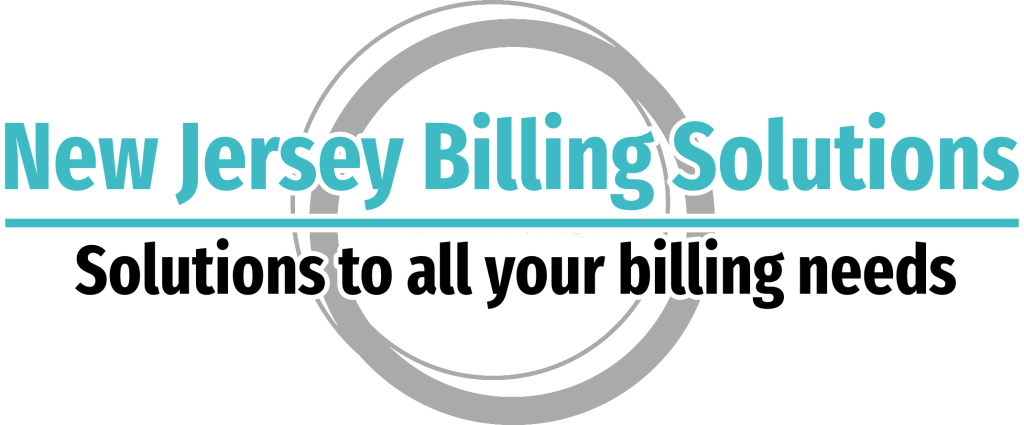How to Choose the Right Medical Billing Software for Your Practice
February 6, 2025
Choosing the right medical billing software is essential for ensuring accurate, efficient, and compliant billing processes. Here’s a detailed guide on how to select the best medical billing software for your practice:
1. Evaluate Your Practice’s Needs
- Practice Size & Specialty: The software should cater to the specific needs of your practice, whether you’re a solo practitioner, a small group, or part of a large medical facility. Additionally, consider whether the software supports your specialty, as different specialties may have specific requirements for coding and billing.
- Volume of Claims: If your practice processes a high volume of claims, you’ll need a software solution that can handle large workloads and streamline billing tasks.
- Key Features: List out the features that are most important to your practice (e.g., claims submission, payment tracking, patient invoicing, insurance verification, etc.).
2. Look for Compliance and Up-to-Date Features
- HIPAA Compliance: The software must be HIPAA-compliant to ensure patient privacy and data security.
- ICD-10 and CPT Code Integration: Ensure that the software supports the latest ICD-10, CPT, and HCPCS codes to avoid coding errors and ensure accurate claims submission.
- Regulatory Updates: Check if the software provider regularly updates the software to comply with new healthcare regulations, coding standards, and payer rules.
3. User-Friendliness
- Ease of Use: Look for a user-friendly interface that your team can quickly learn to use. The software should require minimal training and be intuitive for day-to-day tasks.
- Customer Support: Consider the level of customer support provided. Look for software with 24/7 support, as issues may arise that need immediate attention.
- Training Resources: Ensure that the software comes with comprehensive training resources (tutorials, manuals, or webinars) to help your team get up to speed.
4. Integration with Other Systems
- Electronic Health Records (EHR): The software should integrate seamlessly with your EHR system to reduce manual entry and improve workflow efficiency.
- Practice Management Software: If you use practice management software for scheduling, patient records, or other operations, the billing software should integrate with it for a streamlined process.
- Payment Processors: If the software includes payment features, ensure it integrates with your existing payment processors or gateways for easy payment collection.
5. Security Features
- Data Encryption: Ensure the software uses encryption to protect sensitive data.
- Backup and Recovery: Make sure the software has automated backup and recovery options to avoid data loss.
- Access Control: The software should offer user access control to limit who can access sensitive billing information.
6. Customizable Reporting
- Analytics: Look for software that provides detailed reports on revenue cycle performance, such as claim statuses, denials, collections, and more.
- Customization: The ability to customize reports to meet your specific needs (e.g., by provider, payer, or service type) will help you track financial performance more effectively.
7. Cost and Pricing Structure
- Upfront Costs vs. Subscription Models: Some software solutions have upfront fees, while others charge monthly or annual subscriptions. Consider which pricing model works best for your practice’s budget.
- Hidden Fees: Be mindful of hidden costs like transaction fees, support fees, or additional charges for updates or integrations.
- Trial Period: Many software providers offer free trials. Take advantage of this to test the software and ensure it meets your practice’s needs before committing to a long-term contract.
8. Scalability
- Growth Potential: Choose a billing software that can grow with your practice. If you expand your services or add more providers, the software should be able to handle the increase in workload and complexity.
- Add-On Features: Check whether the software offers additional features, such as appointment scheduling, insurance verification, or reporting, that you can add later as your practice grows.
9. Reviews and Recommendations
- Research Reviews: Look for reviews or testimonials from other medical practices in your specialty. Reviews can give insight into the software’s functionality, customer service, and reliability.
- Ask for Recommendations: Reach out to peers or colleagues in your field and ask for their recommendations based on their experience with different medical billing software.
10. Trial Period and Demo
- Test the Software: Take advantage of free trials or demos to assess the software’s functionality. During the trial, pay attention to the ease of use, integration capabilities, and support responsiveness.
- User Feedback: Ask your team to provide feedback during the trial period to identify any potential issues or limitations.
Final Thoughts
When choosing the right medical billing software, the key is to balance functionality with ease of use and security. Prioritize software that improves efficiency, minimizes errors, and complies with regulatory requirements while fitting your budget and practice size. Investing the time to choose the right software can save your practice both time and money in the long run.
New Jersey Billing Solutions
